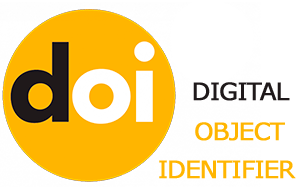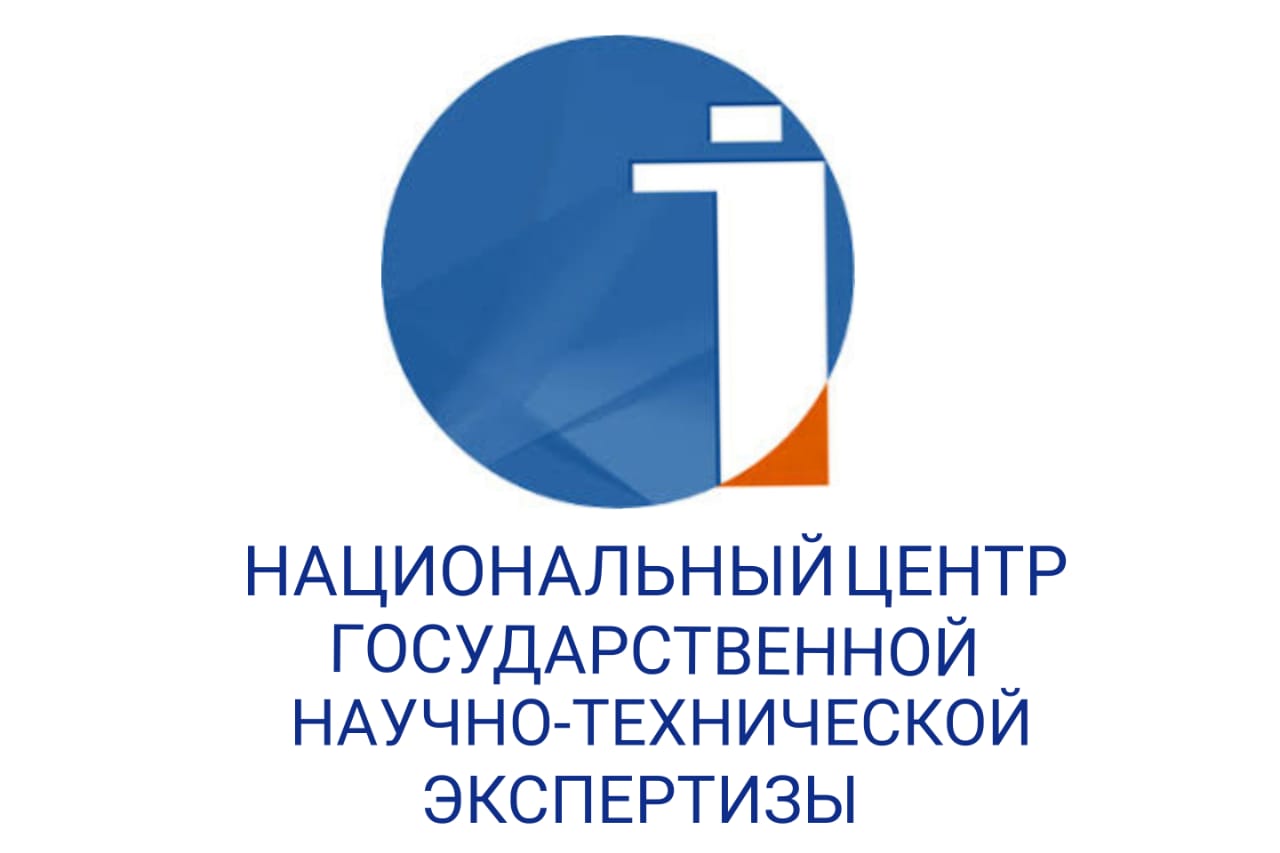THE ROLE OF DIGITAL EDUCATIONAL RESOURCES IN TEACHING PROFESSIONALLY-ORIENTED FOREIGN LANGUAGE
DOI:
https://doi.org/10.48371/PEDS.2025.76.1.019Keywords:
digital educational resources, artificial intelligence, motivation in language learning, profession-oriented education, generation z, gamification in education, foreign language competenceAbstract
This study investigates the impact of digital educational resources and artificial intelligence on motivation and learning outcomes in profession-oriented foreign language education. Focusing on Generation Z learners, the research evaluates the effectiveness of integrating artificial intelligence driven tools such as Quizlet, Quizizz, and Youglish into undergraduate curricula. Using a mixed-methods approach, students' attitudes and perceptions were assessed through a survey analyzed quantitatively with descriptive and correlation statistics and qualitatively through thematic coding. Findings indicate that digital educational resources and artificial intelligence significantly enhance motivation and engagement, with 98% of participants reporting improved professional language competence. Gamification elements, mobile-friendly platforms, and interactive features were particularly effective in maintaining student interest. Despite these benefits, challenges such as digital inequality and insufficient instructor interaction were identified, emphasizing the need for balanced integration of technology and human guidance. The study highlights the transformative potential of digital educational resources and artificial intelligence in modernizing profession-oriented foreign language education. Practical recommendations include prioritizing platforms with adaptive learning and gamified experiences, addressing accessibility issues, and enhancing teacher training to optimize the use of digital tools. By leveraging the strengths of digital educational resources and artificial intelligence while mitigating their limitations, educators and policymakers can create inclusive, effective, and future-ready learning environments for a technology-driven workforce.








